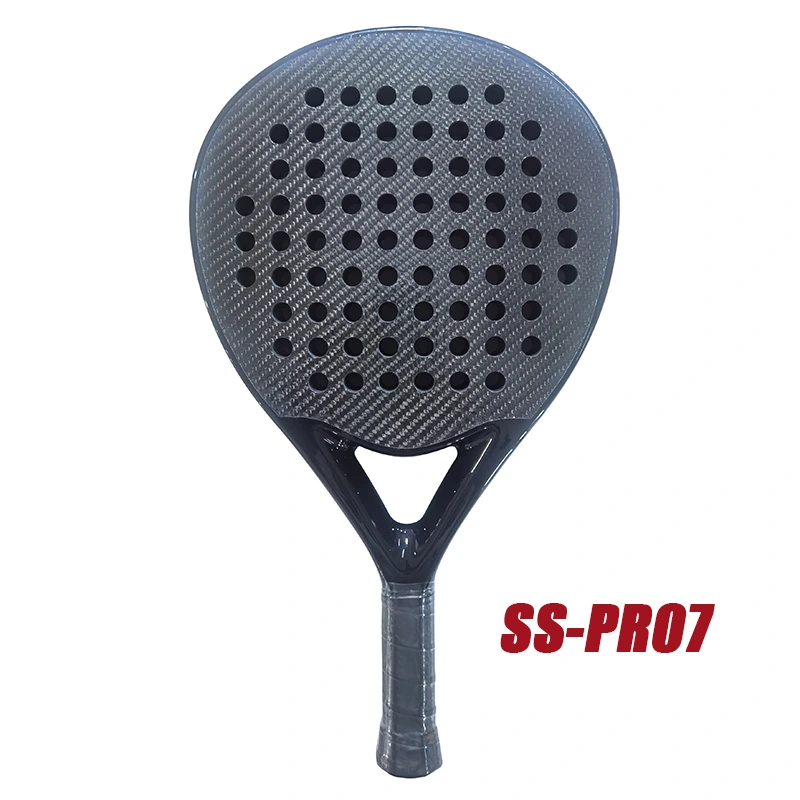The structural design principles of Padel Racket
2025-05-29
The structural design of a padel racket is guided by several engineering and performance principles to optimize power, control, maneuverability, and durability. Below are the key structural design principles:
1. Shape and Geometry
Types:
Round: Balanced control and stability, ideal for beginners.
Teardrop: Hybrid of control and power, suitable for intermediate players.
Diamond: Power-focused, less forgiving, for advanced players.
Impact: Shape affects the sweet spot location, weight distribution, and aerodynamics.
2. Core Material and Density
EVA Foam (Ethylene Vinyl Acetate): Most common core, available in different densities.
Soft EVA: More control, better shock absorption.
Hard EVA: More power and responsiveness.
Foam Density determines rebound behavior and vibration damping.
3. Face Material and Surface Texture
Carbon Fiber: Lightweight, stiff, durable; enhances power and control.
Fiberglass: More flexible and forgiving; suited for comfort and beginners.
Textured/3D Surfaces: Improve spin generation on the ball.
4. Frame Construction
Tubular Frame: Often made of carbon fiber or graphite composites.
Offers rigidity and structural integrity.
Designed to resist deformation and distribute impact forces evenly.
5. Weight Distribution (Balance Point)
Head-Heavy: More powerful but less maneuverable.
Even-Balanced: Good mix of power and control.
Head-Light: More control and faster handling.
Impacts swing dynamics and energy transfer during play.
6. Hole Pattern and Distribution
Function: Reduces air resistance, influences aerodynamics and sweet spot behavior.
Strategically placed to optimize ball control, spin, and vibration reduction.

7. Thickness and Size
Standard thickness: ~36–38 mm
Thicker rackets: Better rebound, more power
Thinner rackets: More control and flexibility
8. Edge and Bridge Design
Anti-torsion bridge: Added structural support to reduce twisting on off-center hits.
Shock dampening: Built-in systems reduce vibration to prevent injuries like tennis elbow.
9. Durability and Fatigue Resistance
Multi-layered composites enhance longevity and withstand repeated high-impact forces.
Reinforced frame edges protect against wall/floor impacts.
10. Ergonomics and Grip Design
Non-slip grips with moisture control for comfort and injury prevention.
Handle length and thickness tailored for wrist leverage and comfort.
If you are interested in our products or have any questions, please feel free to contact us and we will reply you within 24 hours.


